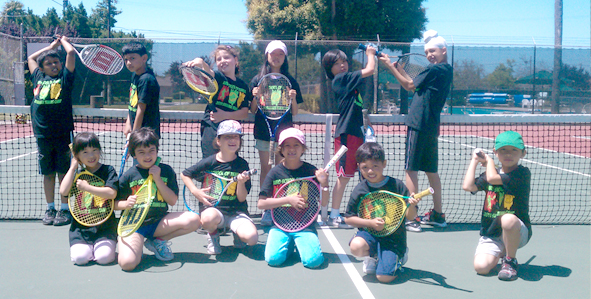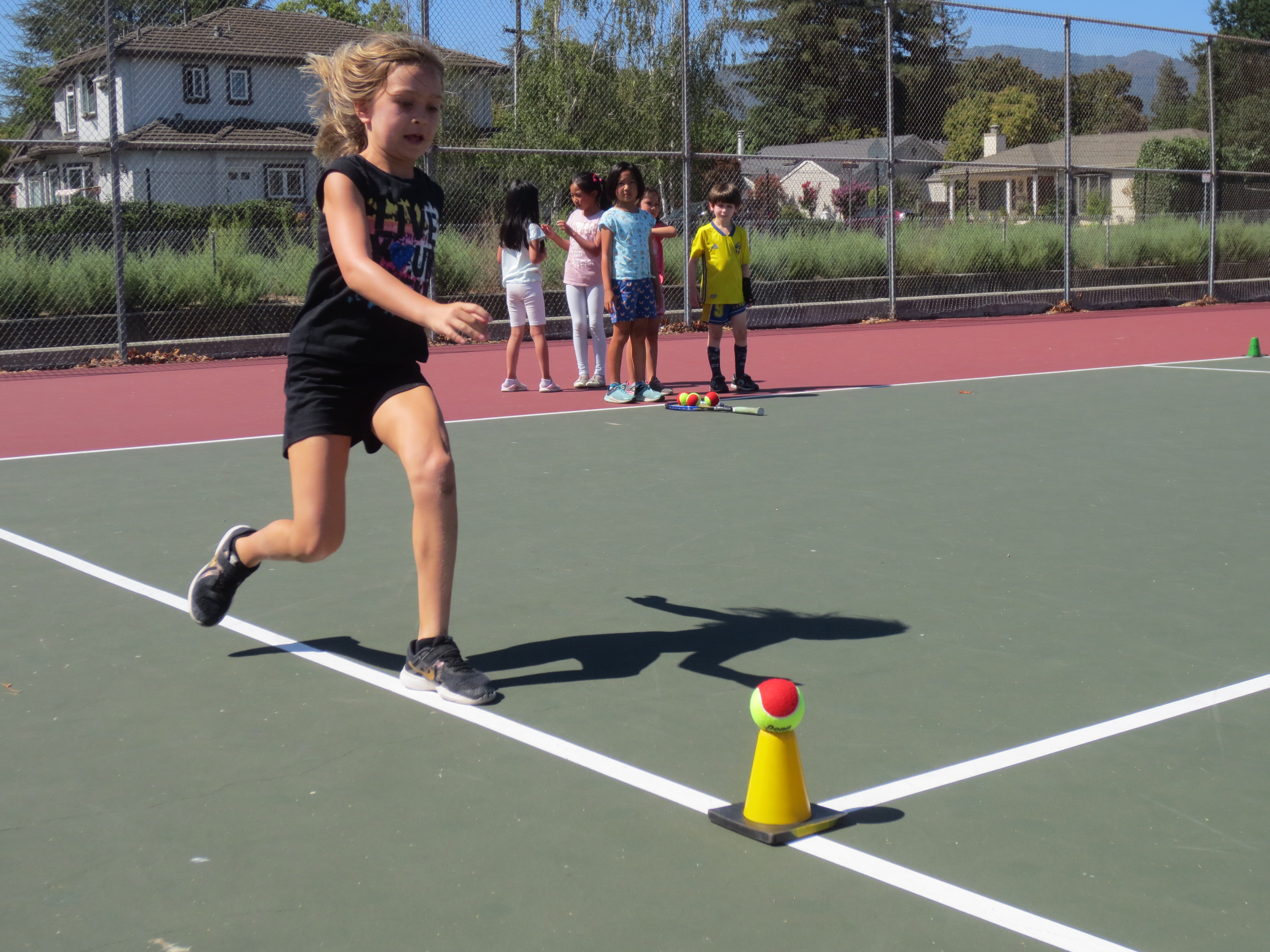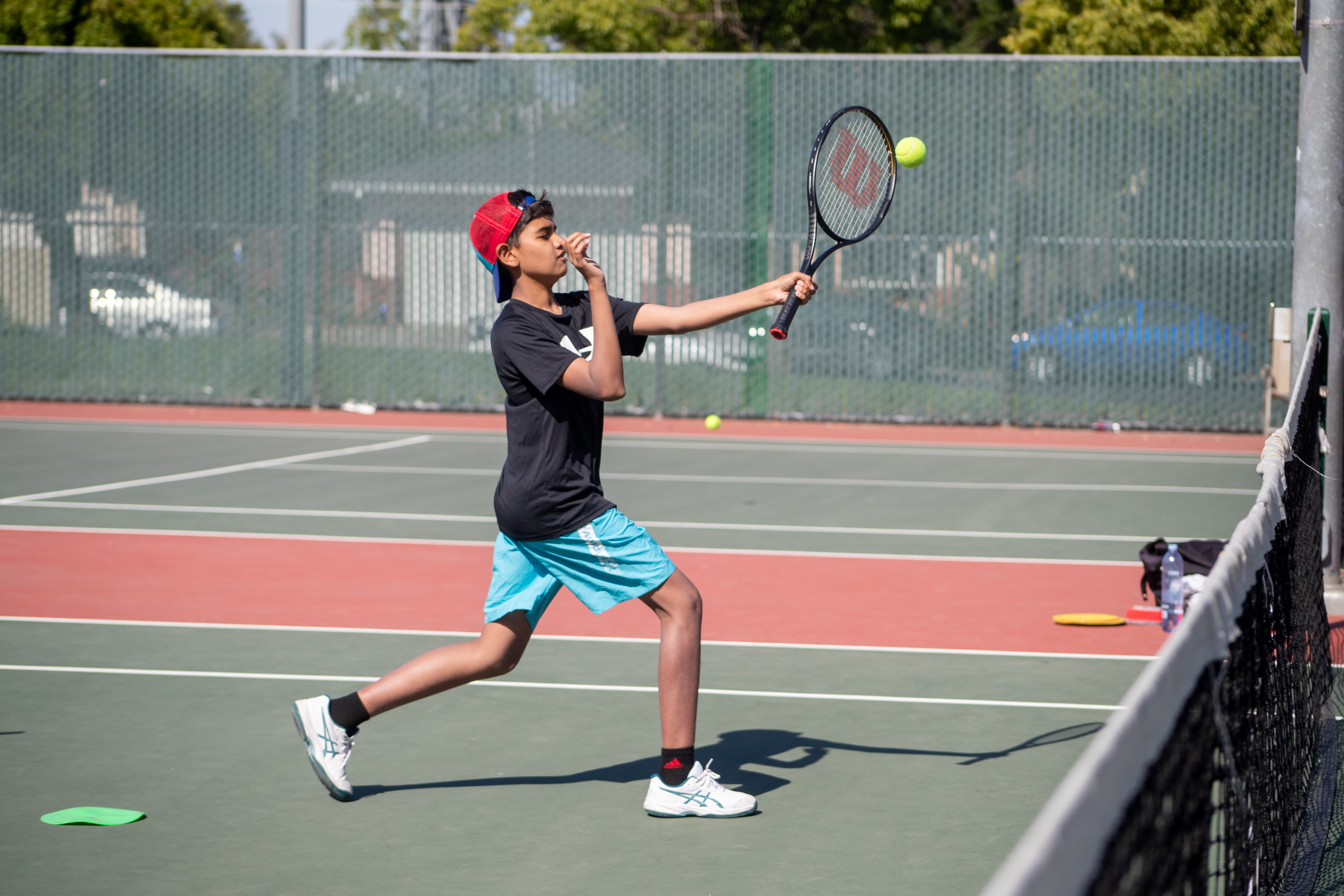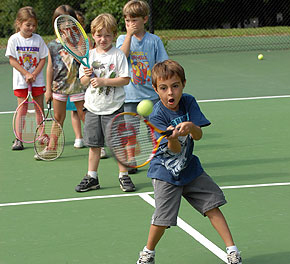Tennis Champions – Born or Made?
Posted in: Blog | Published on: January 19, 2019 | Written By: admin
Tennis great Billie Jean King once said, “Champions keep playing until they get it right.” The question, though, is what makes a someone a champion? Is it just repeated play as King said or is a champion instead a product of great genetics? The answer is complicated, and it actually involves a mix of genetics, practice, and good coaching.
Genetics
There are a number of physical traits that can help define athletic ability. The type of muscle fibers one has, for example, can define how much power or strength you have on the court. More fast-twitch muscle fibers are ideal in tennis, as they can deliver a burst of power you may need to overcome your opponent. Your aerobic capacity, overall muscle mass, and flexibility are also defined by your genetic traits. Without those contributions from your body, though, becoming a tennis champion is still possible. In fact, genetics seem to play a smaller than expected role in a professional athlete’s life.
Practice
The single most important factor for many champions has been practice. In fact, many believe in the Ericsson theory that has suggested 10,000 hours of practice is the minimum required to reach the peak of any profession, including tennis. The best athletes have often logged that many hours on the court by the time they reach their early teens. Once the skill is developed, the hours of practice don’t end. Most tennis pros spend five to six hours on the court every single day to remain at the top of the game.
Coaching
Hours of practice itself, though, aren’t enough. Instead, they have to be hours of deliberate practice. This is where good coaching (and a great parental support system) come into play. The player has to want to improve his or her performance level and get the right advice. For example, if the footwork just isn’t there, it’s not as if a player is going to reach the top. Instead, he or she would need some instruction in that area, then hours of continued practice based on that instruction.
So, Nature or Nurture?
Sure, becoming the best of the best may mean the difference in your ratio of fast to slow twitch muscle fibers, but the difference between even reaching that level and remaining behind is going remain the hours on the court and the coaching that matters most.
 R
R 



